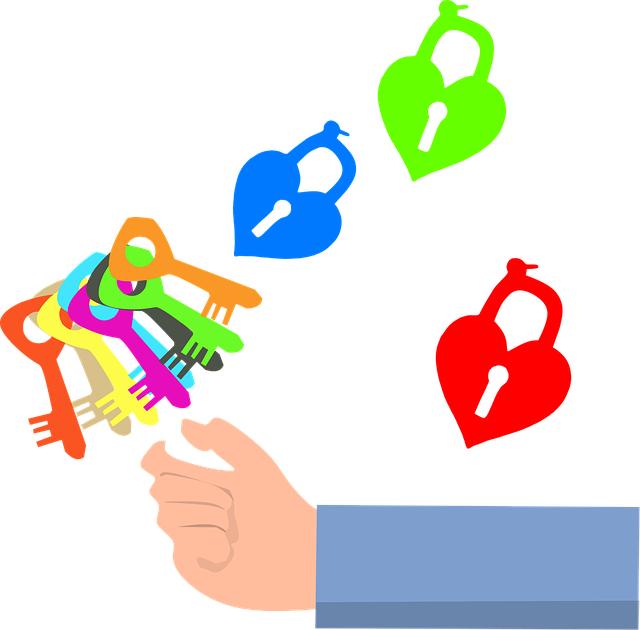What are the benefits of having high emotional intelligence in a romantic relationship?
Developing Emotional Intelligence for Stronger Relationships
In today’s fast-paced world, fostering strong relationships is more crucial than ever. A key component to achieving this is developing emotional intelligence. This comprehensive guide will explore how to enhance your emotional intelligence to build more robust and meaningful connections.
Introduction
Emotional intelligence (EI), often referred to as EQ (Emotional Quotient), is the ability to understand, use, and manage one’s own emotions in positive ways. People with high emotional intelligence can communicate effectively, empathize with others, and handle stress better. But how does this contribute to stronger relationships? Let’s dive in and find out.
What is Emotional Intelligence?
Emotional intelligence encompasses several key areas:
- Self-awareness: Recognizing and understanding your own emotions.
- Self-regulation: Managing your emotions in healthy ways.
- Motivation: Using your emotional drive to achieve goals.
- Empathy: Understanding and sharing the feelings of others.
- Social Skills: Navigating and fostering healthy social relationships.
Benefits of Developing Emotional Intelligence
Increasing your emotional intelligence can significantly enhance various aspects of life. Here are some primary benefits:
Enhanced Communication
People with high EQ are better at communicating their thoughts and feelings, which leads to fewer misunderstandings and conflicts.
Stronger Relationships
Empathy and effective communication foster deeper connections with others, resulting in more meaningful and resilient relationships.
Effective Conflict Resolution
High emotional intelligence helps individuals manage and resolve conflicts in a constructive manner.
Improved Mental Health
Being able to regulate emotions reduces stress and anxiety, contributing to better overall mental health.
Practical Tips for Developing Emotional Intelligence
Here are some actionable strategies to enhance your emotional intelligence:
Practice Self-Reflection
Spend time every day reflecting on your emotions and their impact on your thoughts and behaviors. Journaling can be particularly helpful.
Learn to Manage Stress
Engage in relaxation techniques such as meditation, deep breathing, or yoga to manage stress effectively.
Enhance Empathy
Practice active listening and put yourself in others’ shoes to better understand their emotions and perspectives.
Seek Feedback
Ask for feedback from friends, family, or colleagues to gain insights into your emotional responses and social interactions.
Case Study: Emotional Intelligence in Action
Let’s look at a real-world example. Consider Jane, a team leader in a busy marketing firm. Initially, Jane struggled with team dynamics, often clashing with her colleagues due to poor emotional regulation. After undertaking an emotional intelligence course, she learned the importance of self-awareness and empathy.
| Before EI Development | After EI Development |
|---|---|
| Frequent Conflicts | Effective Conflict Resolution |
| Poor Team Morale | Improved Team Cohesion |
| High Stress Levels | Reduced Stress |
Not only did Jane’s relationships with her team improve, but overall productivity also increased, showcasing the professional benefits of higher emotional intelligence.
Conclusion
Developing emotional intelligence is essential for stronger relationships in both personal and professional settings. By focusing on self-awareness, empathy, and effective communication, you can foster deeper and more meaningful connections. Remember, it’s a continuous journey that requires practice and dedication.
Start today by reflecting on your emotions, seeking feedback, and practicing empathy to unlock the full potential of your relationships through elevated emotional intelligence.
